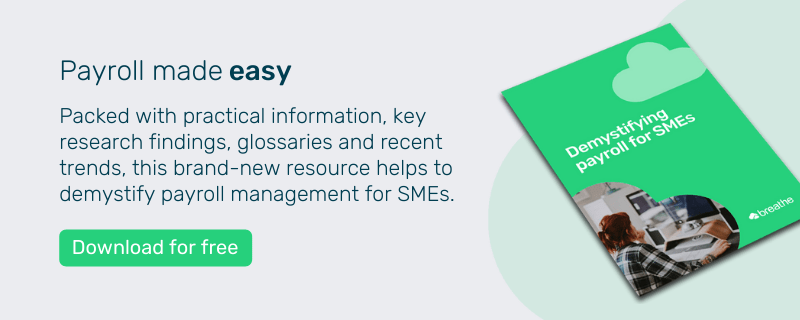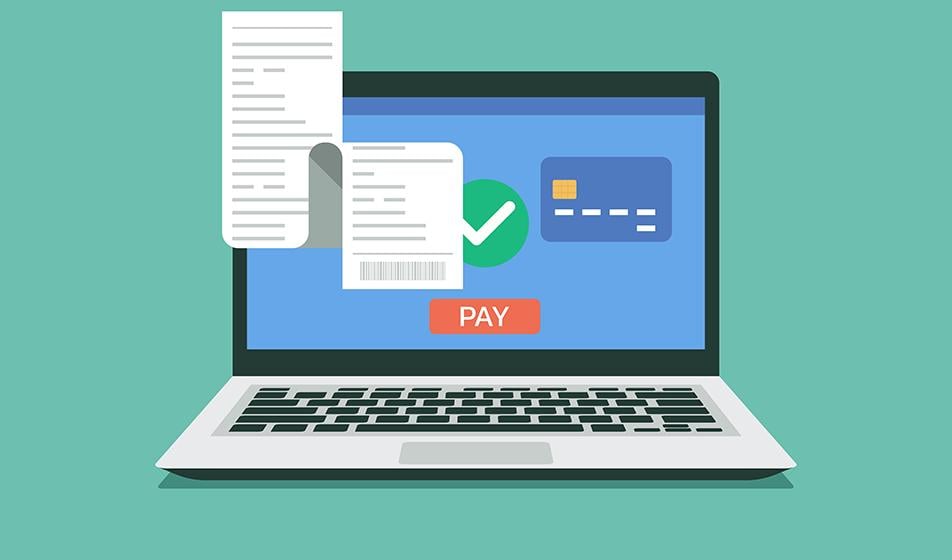No one wants to have to make further deductions from an employee’s pay – especially at the present time with many people facing mounting cost-of-living increases.
Unfortunately, there are scenarios where this must happen. An attachment of earnings order is one of these instances.
An attachment order is a legal court order that requires employers to make deductions to repay owed debt.
If an attachment of earnings order has been issued to you (as the employer of someone who owes a debt) you’ll legally need to start implementing the payments.
In this blog, we’ll cover what an attachment of earnings order is, along with guidance for employers on how to arrange the deductions.
What is an attachment of earnings order?
In England and Wales, an attachment of earnings order (AEO) is a court-enforced way of repaying debt to a company that is owed money, that hasn’t been repaid by the individual.
An attachment of earnings order informs an employer to directly send money from an employee’s wages to the creditor (via the court) in order to pay off the debt.
If an employer receives written notification that a creditor’s applied for an attachment of earnings order, this is a legal document issued from a court and mustn’t be ignored.
Attachment of earnings orders can be issued as ‘priority’ or ‘non-priority’ orders. (We’ll detail further guidance for employers later on).
This article refers to debts unrelated to unpaid child maintenance or unpaid benefit debt. These are covered by separate processes.
Who can apply for an attachment of earnings order?
In theory, any business/organisation that is owed money can apply for an attachment of earnings order.
If the debt is civil & the order is a non-priority order, the organisation first needs to apply to a court for a county court judgement (CCJ). This basically means that the court legally recognises the debt. The business can then proceed with an attachment of earnings order via the court process.
This is slightly different if the order is what’s referred to as a priority order, relating to unpaid maintenance or fines. (We’ll cover the difference between the two different types of orders later on.)
When do the deductions start?
After receiving the attachment of earnings order, you’ll need to start making the deductions from the employee’s pay from the next payday.
The exception to this is if you receive the attachment order and the next pay date falls within the next 7 days.
How much will be taken on an attachment of earnings order?
A percentage of the employee’s wages will be deducted from their pay, according to what they earn - and as long as it doesn’t take them below their protected earnings rate. Their protected earnings rate will be included within the attachment order.
Employers need to calculate their employee’s pay, make the deduction if they can, pay the employee the remainder of their wages & then send the deduction to the court.
Employers are permitted to keep £1 towards their administrative costs, for each deduction they make.
For example, if an employee’s earnings were £190 this payday (and the court has advised their protected earnings rate is £150). The normal deduction is £25.
In this case, the employee would be paid £190 minus £26, totalling £164. The £25 deduction is sent to the court, and the additional £1 is permitted to be kept towards the extra admin caused by the attachment order.
Attachment orders: guidance for employers
Employers can be fined for not making attachment order deductions, so it’s vital that payments are deducted correctly. We detail guidance for employers on getting attachment orders right.
How to change the frequency of deductions:
This depends on where the order was made. If the attachment order was made by a county court, you can contact the court and ask them to change it (for example, if you pay your employee weekly, you can ask for the order to be adjusted to reflect weekly payments, rather than monthly ones.)
However, if the order was made by a magistrates court, your employee will need to be the one to ask the court to amend the order.
What to do if the deductions take your employee below the protected earnings rate
You can’t make attachment order salary deductions if this would take the employee below the protected earnings rate.
If this is the case, you’ll need to let the Centralised Attachment of Earning Payments (CAPS) office know the court case number, attachment of earnings order number, the employee’s name & the reason you couldn’t make any deduction.
If you’ll never be able to make any deductions due to the protected earnings rate being too high, you’ll need to write to the issuing court to let them know, along with contacting the CAPS office.
What’s the difference between priority and non-priority orders?
There are two different types of orders, priority orders - which refer to maintenance or fines - and non-priority orders, which refer to civil debts.
Non-priority orders are used for debts ordered via a county court judgment (CCJ).
Put ponderous payroll to bed
We know that payroll can be confusing, which is why we’ve created an easy way to understand payroll management – read our demystifying payroll report today.

Author: Aimée Brougham-Chandler
An IDM-certified Digital Copywriter as of February 2023, Aimée is Breathe's Content Assistant. With a passion for guiding readers to solutions for their HR woes, she enjoys delving into & demystifying all things HR: From employee performance to health and wellbeing, leave to company culture & much more.


.webp)

